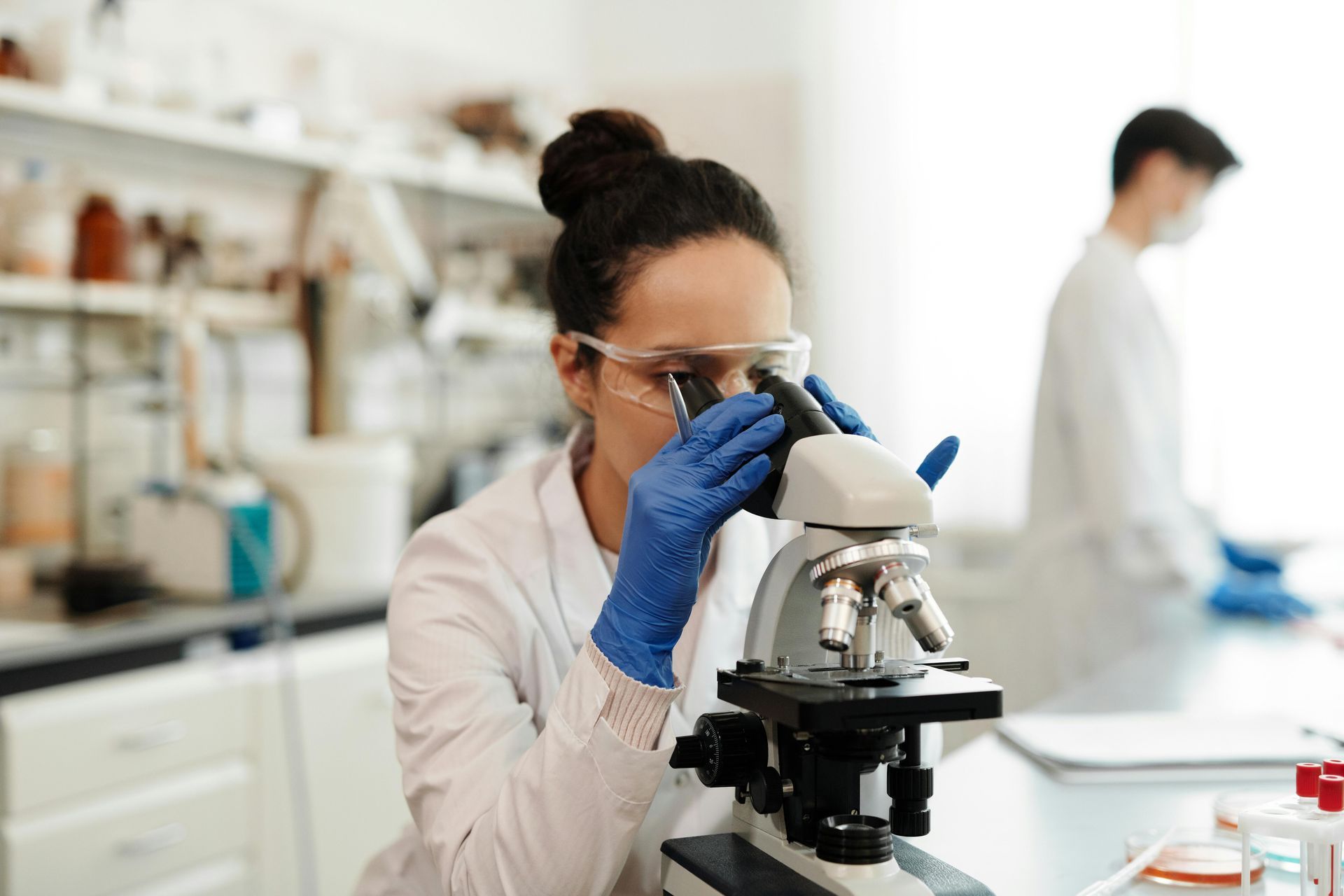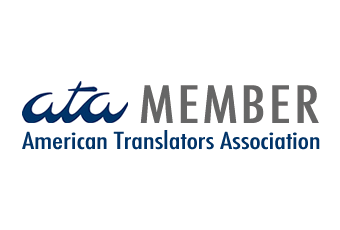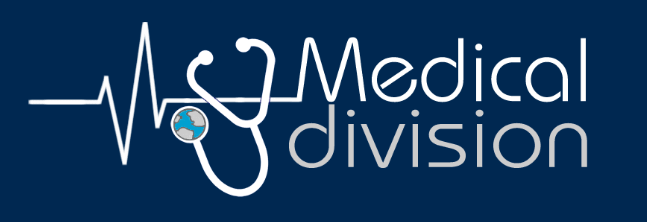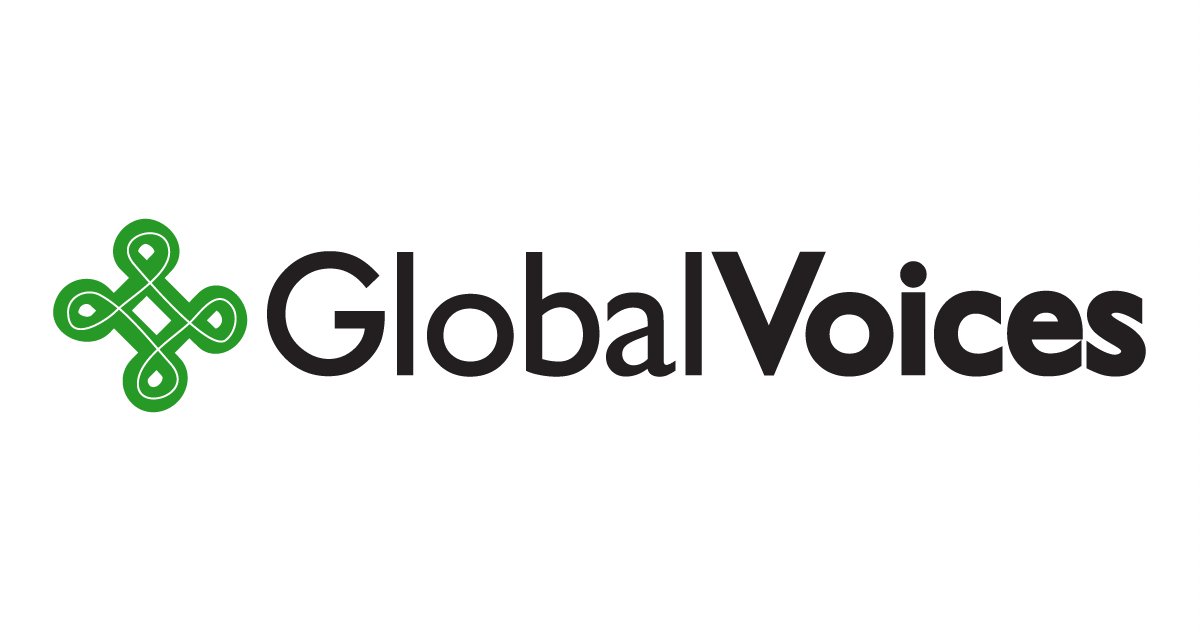MedTech: How AI is Revolutionizing R&D in the Medical Device Industry
The integration of Artificial Intelligence (AI) into the medical technology industry is transforming research and development (R&D) rapidly. AI's ability to process vast amounts of data, recognize patterns, and make predictions is accelerating innovation, improving accuracy, and reducing costs. This blog post explores how AI is revolutionizing MedTech R&D, the benefits it brings, and the future advances we can anticipate.
How AI is Revolutionizing R&D in MedTech?
Enhancing Medical Imaging and Diagnostics
AI-powered imaging tools are revolutionizing the field of medical diagnostics. These tools can analyze medical images with high precision, detecting abnormalities that might be missed by the human eye. Machine learning models assist in the early diagnosis of diseases such as cancer, cardiovascular conditions, and neurological disorders. Examples:
- Radiology: AI applications in radiology help detect anomalies in X-rays, MRIs, and CT scans. For instance, AI algorithms can identify early signs of lung cancer in chest X-rays. Gleamer, a French MedTech company is leading advancements in the field of medical imaging diagnostics powered by AI.
- Pathology: AI tools assist pathologists in analyzing tissue samples, improving the accuracy of cancer diagnoses. AI can quickly scan slides and highlight areas of concern, speeding up the diagnostic process.
Improving Device Design and Development
AI is playing a crucial role in the design and development of medical devices. By simulating and analyzing vast datasets, AI can optimize device performance, predict potential failures, and suggest improvements. This leads to the creation of more effective and reliable medical devices.
For instance, in the field of prosthetics and implants, AI is used to design better-fitting and more functional prosthetics and implants. Machine learning models analyze patient data to create customized solutions that improve mobility and quality of life.
In the wearable devices sector, AI enhances the functionality of wearable medical devices, such as continuous glucose monitors and heart rate monitors. These devices provide real-time data and personalized feedback, helping patients manage their health more effectively.
Enabling Predictive Maintenance
AI enables predictive maintenance of medical devices, ensuring they operate at peak performance and reducing downtime. By analyzing data from device sensors, AI can predict when a device is likely to fail and schedule maintenance proactively. Examples include:
- Hospital Equipment: AI monitors the performance of critical hospital equipment, such as MRI machines and ventilators, predicting maintenance needs and preventing unexpected failures.
- Remote Monitoring: AI-powered remote monitoring systems track the performance of medical devices in real-time, alerting healthcare providers to potential issues before they become critical.
-
Facilitating Personalized Medicine
By leveraging AI, it is possible to customize medical devices to meet the unique needs of individual patients. By analyzing patient data, AI can tailor device settings and treatments, improving efficacy and patient outcomes. Examples:
- Pacemakers and Defibrillators: AI algorithms analyze patient data to optimize the settings of pacemakers and defibrillators, ensuring they deliver the most effective treatment.
- Insulin Pumps: AI-powered insulin pumps adjust insulin delivery based on real-time glucose monitoring, providing personalized diabetes management.
What are the Benefits of AI in Medical Device R&D?
AI offers numerous benefits for Medical Device R&D. Increased efficiency is one of the most notable advantages, as AI automates repetitive tasks and accelerates data analysis, allowing researchers to focus on more complex and innovative problems. This leads to quicker decision-making and shorter development cycles, ultimately bringing cutting-edge medical devices to market more rapidly. Cost reduction is another critical benefit, achieved by minimizing the need for extensive manual testing and analysis. AI's predictive capabilities enable early detection of potential issues, saving resources and preventing costly device failures. Improved accuracy and precision are also enhanced through AI, as advanced models can identify patterns and correlations in data that might be overlooked by human researchers. This results in more accurate diagnostic tools and optimized device designs, leading to more effective treatments and better patient outcomes. Lastly, enhanced collaboration is facilitated by AI, which provides a common platform for data sharing and analysis. This fosters more effective interdisciplinary teamwork, driving innovation and advancing the field of medical technology.
Future advancements in AI promise even greater transformations, including real-time health monitoring and more sophisticated algorithms. Addressing ethical and regulatory considerations will be crucial for responsible AI use. Embracing AI can lead to significant innovations and improved healthcare outcomes.

Emi Lecret - Providing Research, UX/UI Design, Communication, and Translation Services for Innovative Medical Companies
Contact me at contact@emilecret.com









